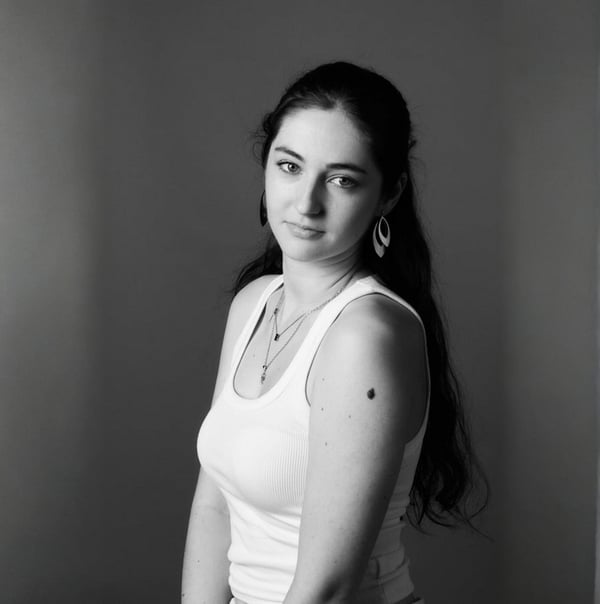Best 10 Alternatives to X-Design for AI-Enhanced Fashion Content
Table of Contents
- What is X-Design?
- Why You Might Need an X-Design Alternative
- Top 10 X-Design Alternatives in 2025
- 1. Modelia. Best for Emotionally Intelligent AI Styling & Visual Content
- 2. ZMO.ai. Best for Fast AI-Generated Model Photography
- 3. Vue.ai. Best for Full AI Fashion Suite
- 4. Deep Agency. Best for Photorealistic Virtual Models
- 5. Fashable. Best for High-End Fashion Visualization
- 6. Lalaland.ai. Best for Diversity and Inclusion in Model Images
- 7. Fashn.ai. Best for Automated Visual Tagging
- 8. Lily AI. Best for Connecting Visuals to Intent
- 9. Stylitics. Best for Visual Merchandising & Outfit Building
- 10. FindMine. Best for Inventory-Aware AI Styling
- How Virtual Try-On Technology Enhances Your Online Shopping Experience
- Final Thoughts
- Quick Summary Table
- Ready to Try Some X-Design alternatives?
- FAQ: X-Design Alternatives
AI is changing the way fashion brands create content, and X-Design has become one of the go-to platforms for generating model imagery and styling visuals with artificial intelligence. But as brands demand more customization, localization and visual storytelling, many are looking for tools that go beyond what X-Design offers, some X-Design alternatives.
Whether you're a global fashion retailer, a marketplace or a DTC brand (Direct to Consumer), this guide covers 10 powerful X-Design competitors to consider in 2025. From advanced styling and emotional tagging to multilingual support and deep personalization, these alternatives offer unique advantages for every stage of content production and creative automation.
What is X-Design?
X-Design is an AI fashion content creation platform that generates realistic product images and model photography without the need for photoshoots. Brands upload images of garments or sketches and X-Design uses generative models to place them on diverse, digitally rendered models.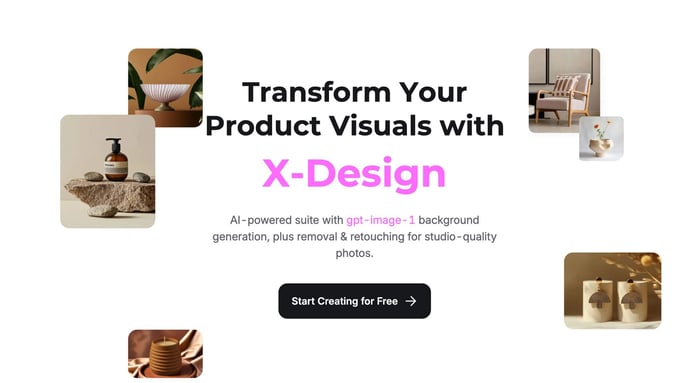
It’s used by fashion retailers to:
Visualize products faster
Cut down on photography costs
A/B test product visuals at scale
Create diverse, inclusive visuals for multiple markets
X-Design’s biggest strength is speed, it allows rapid content creation at scale with minimal effort. However, its closed customization model and limited support for brand-specific storytelling can leave some brands wanting more.
Why You Might Need an X-Design Alternative
While X-Design is powerful, it may not be the best fit for every brand. Here’s why some teams are exploring alternatives:
Limited creative control: Templates and outputs can feel generic or off-brand
No emotional or intent-based content tagging
Minimal support for multilingual or regional content
Lack of integration with advanced PIM or CRM systems
No real-time trend, pricing, or behavioral data insights
If your brand needs more than just visuals: if you need connection, intelligence, and storytelling; keep reading.
Top 10 X-Design Alternatives in 2025
First of all, here's a comparison table of the ten tools I'll be developing later, so you can visually see their strengths and weaknesses and discover which ones you'd be interested in exploring further.
Platform | AI Model Images | Emotional Tagging | Multilingual Support | Outfit Styling | Diversity / Inclusion | Fast Content Generation |
|---|---|---|---|---|---|---|
Modelia | ✔️ | ✔️ | ✔️ | ✔️ | ✔️ | ✔️ |
ZMO.ai | ✔️ | ❌ | ❌ | ❌ | ❌ | ✔️ |
Vue.ai | ✔️ | ✔️ | ✔️ | ✔️ | ✔️ | ✔️ |
Deep Agency | ✔️ | ❌ | ❌ | ❌ | ❌ | ✔️ |
Fashable | ✔️ | ❌ | ❌ | ❌ | ❌ | ✔️ |
Lalaland.ai | ✔️ | ❌ | ❌ | ❌ | ✔️ | ✔️ |
Fashn.ai | ❌ | ❌ | ❌ | ❌ | ❌ | ✔️ (Tagging) |
Lily AI | ❌ | ✔️ | ✔️ | ❌ | ❌ | ❌ |
Stylitics | ❌ | ❌ | ❌ | ✔️ | ❌ | ✔️ |
FindMine | ❌ | ❌ | ❌ | ✔️ | ❌ | ✔️ |
1. Modelia. Best for Emotionally Intelligent AI Styling & Visual Content
What it does well:
Modelia combines AI model imagery with emotional tagging, multilingual product descriptions, and personalized styling. It not only generates product images but also enriches them with intent-based and psychographic metadata that improves discovery, SEO, and campaign performance.
Standout features:
Upload flat-lay or ghost mannequin photos and generate realistic model images
Image to video
Best for:
Global fashion brands and e-commerce teams looking to humanize and localize AI-generated fashion content at scale.
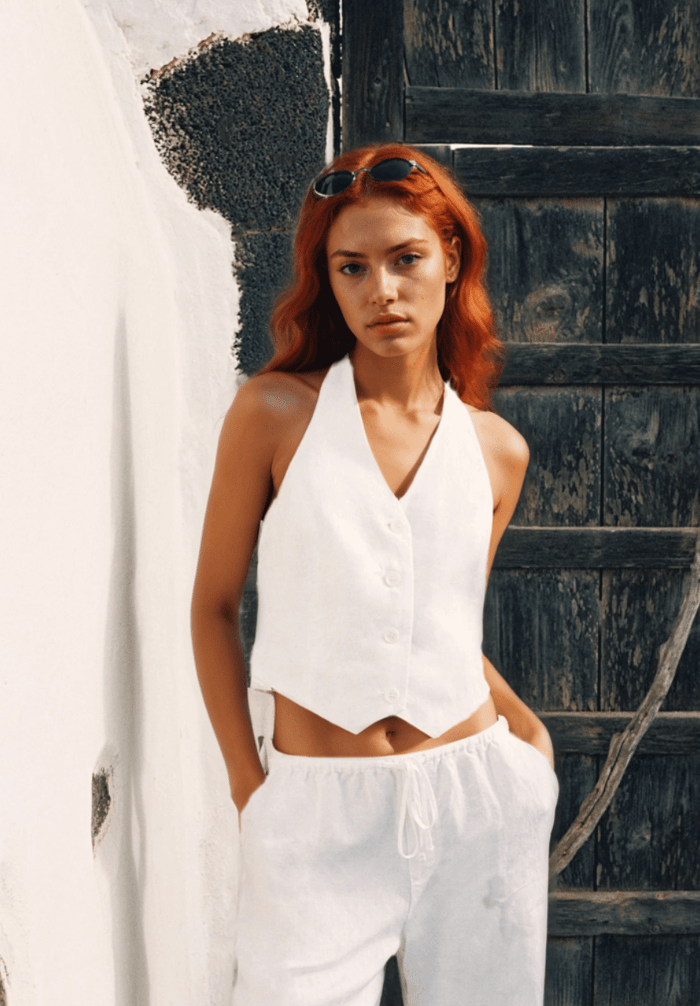
The Ultimate Guide to Dressing for Your Body Shape: Find the Best Clothing Styles
Modelia offers a perfect tool to edit the body shape of a model in one photo. From a slim body to a mid size or a muscle body type in just one click. More diversity, easier and faster. This is a game changer for customers to find the best clothing styles for their particular body shape.
2. ZMO.ai. Best for Fast AI-Generated Model Photography
What it does well:
ZMO specializes in generating high-quality model images from product shots with minimal setup. Its strength lies in speed and visual realism, helping brands replace traditional photoshoots.
Best for:
Startups and mid-sized brands looking to create AI model photos for lookbooks, PDPs, and ads without studio costs.
3. Vue.ai. Best for Full AI Fashion Suite
What it does well:
Beyond visuals, Vue.ai offers a complete AI stack for fashion retailers—automated tagging, personalized styling, visual search, and more.
Best for:
Retailers that want an end-to-end fashion AI solution that connects content, commerce, and customer behavior.
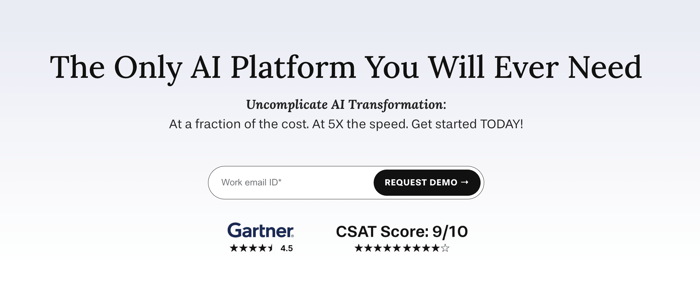
4. Deep Agency. Best for Photorealistic Virtual Models
What it does well:
Deep Agency uses generative AI to create hyper-realistic model imagery from uploaded clothing photos. It also offers virtual backgrounds and lighting control.
Best for:
Fashion DTC brands seeking polished, editorial-quality visuals for campaigns or e-commerce.
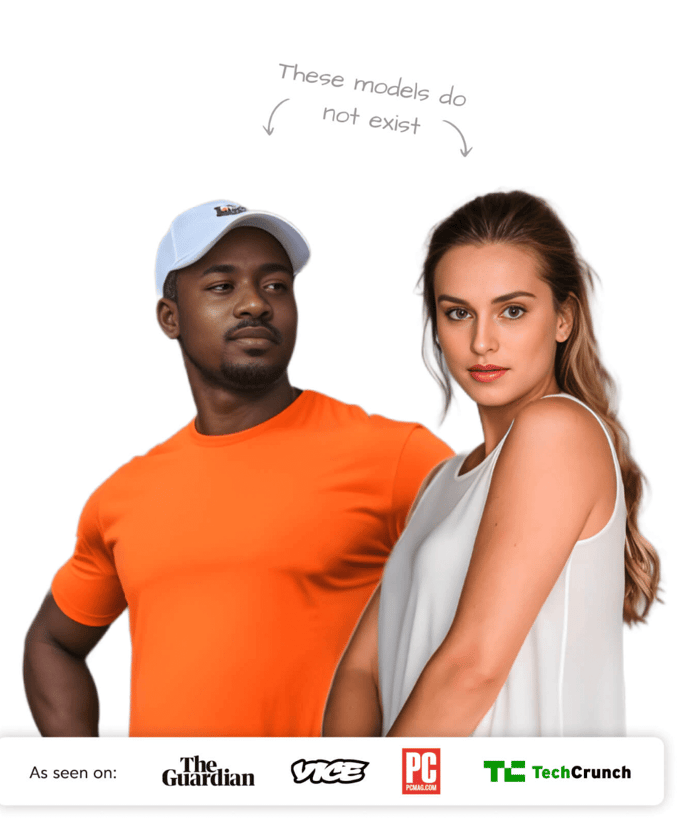
5. Fashable. Best for High-End Fashion Visualization
What it does well:
Fashable focuses on fashion-forward 3D visualization using generative AI, ideal for luxury and runway-style imagery.
Best for:
High-fashion or concept-driven labels looking for art-directed, futuristic visuals.

6. Lalaland.ai. Best for Diversity and Inclusion in Model Images
What it does well:
Lalaland lets you create virtual models that reflect real-world diversity in ethnicity, age, size, and identity, driving inclusive representation in fashion imagery.
Best for:
Brands prioritizing inclusivity in visual storytelling and customer resonance.
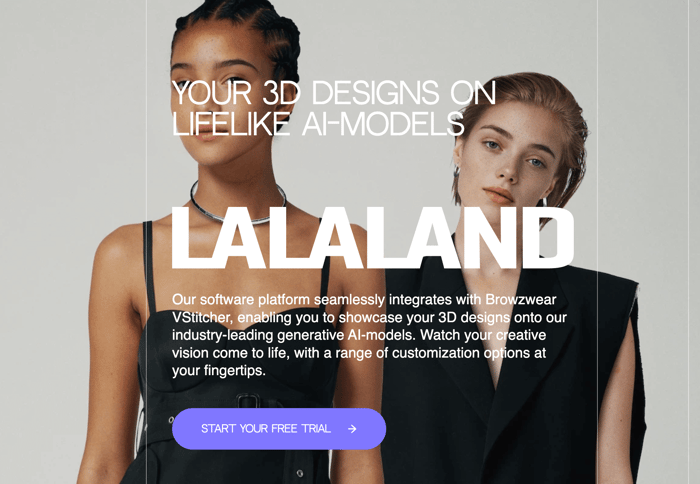
7. Fashn.ai. Best for Automated Visual Tagging
What it does well:
Great for bulk enrichment, Fashn.ai uses pre-trained AI models to tag thousands of SKUs by color, cut, pattern, and style in seconds.
Best for:
Retailers needing fast, scalable enrichment for large catalogs.

8. Lily AI. Best for Connecting Visuals to Intent
What it does well:
Lily AI excels at turning visual and text attributes into customer-centric insights. It powers emotional tagging, advanced personalization, and recommendation systems.
Best for:
Teams focused on conversion optimization and customer intent.

9. Stylitics. Best for Visual Merchandising & Outfit Building
What it does well:
Stylitics creates shoppable outfit bundles from enriched product data, helping increase basket size and session time.
Best for:
Brands that want to enhance visual merchandising and styling across PDPs and emails.
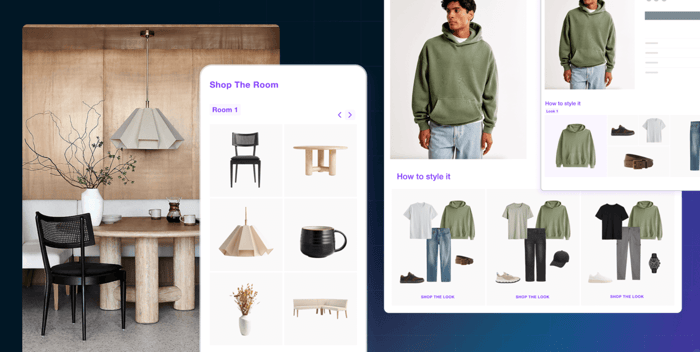
10. FindMine. Best for Inventory-Aware AI Styling
What it does well:
FindMine automatically builds complete outfits with in-stock products, turning simple listings into inspiring, styled ensembles.
Best for:
Merchandisers and omnichannel brands looking to improve upselling and storytelling.
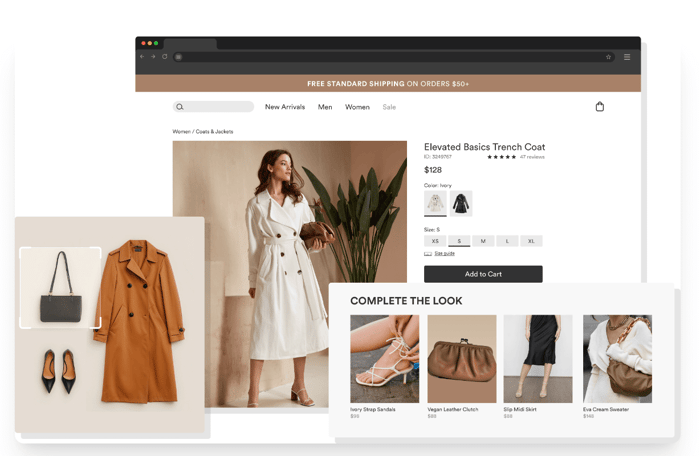
How Virtual Try-On Technology Enhances Your Online Shopping Experience
Buying clothes, shoes, or accessories online often comes with a big question: “But how will this look on me?” Virtual Try-On (VTO) technology solves that exact problem. Powered by AI and AR (augmented reality), VTO lets customers see how a product will look on their own body, face, or environment before clicking add to cart.
Here’s how it elevates the entire online shopping experience:
1. Confidence in Purchase Decisions
One of the main reasons people hesitate to buy fashion online is uncertainty. Will the dress fit my body type? Does this lipstick match my skin tone? With VTO, shoppers can see themselves wearing the product in real-time, which eliminates guesswork and reduces returns.
2. Personalized Shopping at Scale
AI-driven try-ons adapt to each shopper’s unique body shape, size, and style preferences. Instead of generic model images, customers get a tailored preview of how a garment, pair of sneakers, or sunglasses will look on them personally. This kind of personalization makes the experience more engaging and memorable.
3. Reduced Return Rates
Returns are one of the biggest pain points in eCommerce, especially in fashion, where size and fit issues dominate. Virtual try-ons drastically cut down on “trial and error” shopping. When customers can visually confirm their choice, they’re less likely to send it back, saving businesses huge costs.
Final Thoughts
X-Design helped pave the way for AI fashion visuals, but the field has grown fast. Whether you need emotional content, better control, multilingual capability, or styling intelligence, there's a 2025-ready platform that offers more.
Modelia, in particular, stands out as the most complete and flexible solution, blending creativity, intelligence, and global adaptability into one platform.
Quick Summary Table
Platform | Strength | Best For |
|---|---|---|
Modelia | Emotion-driven, multilingual styling | Global brands & creative teams |
ZMO.ai | Fast AI model generation | Quick content for ads & PDPs |
Vue.ai | Full fashion AI suite | All-in-one automation for retail |
Deep Agency | Photorealistic visuals | Editorial-quality images |
Fashable | High-fashion 3D visuals | Conceptual or luxury fashion |
Lalaland.ai | Inclusive model diversity | Brands focused on representation |
Fashn.ai | Bulk product tagging | Catalog ops & enrichment at scale |
Lily AI | Intent + emotional tagging | Personalization & CRO |
Stylitics | Outfit bundling | Visual merchandising & styling |
FindMine | Inventory-aware styling | Cross-sell and dynamic outfit generation |
Ready to Try Some X-Design alternatives?
If you're rethinking your fashion content strategy for 2025, now is the perfect time to explore smarter, more adaptable tools beyond X-Design. Whether your priorities are deeper creative control, multi-language support for international growth, emotionally-driven product descriptions, or simply more flexible integration with your tech stack, there’s a platform out there tailored to your needs.
Before you commit to a new solution, take a moment to define your content goals. Do you need scalable AI styling? Richer personalization? Stronger taxonomy control? Are you focused on conversion, discoverability, or branding?
The platforms listed in this guide offer a wide range of strengths, and most include free demos, pilot programs, or flexible trials, so you can test them hands-on before making a long-term decision.
Don’t settle for a one-size-fits-all solution. Take control of your brand’s creative vision and start producing AI fashion content that truly resonates with your audience.
Explore the options. Pick your next creative AI partner. Your future visuals deserve it.
FAQ: X-Design Alternatives
What are the best alternatives to X-Design?
Some of the best alternatives include Modelia, Flair AI, Vmake.ai, and Photo AI. These tools offer similar features for fashion e-commerce, such as AI-generated models, customizable poses, and realistic visuals.
How do X-Design alternatives compare in features?
Different alternatives focus on different strengths. Some prioritize realistic human modeling, others excel at clothing simulation or dynamic poses, and some provide better integration with e-commerce platforms.
Can these alternatives help improve online product presentations?
Yes, they can create high-quality, photorealistic images that make products look more appealing, which can increase engagement and conversion rates for online stores.
Are X-Design alternatives easy to use for fashion brands?
Most alternatives are designed to be user-friendly, with simple interfaces and tutorials, making it easy for fashion brands to generate images and integrate them into their online stores.
How would you rate this article:
Related Articles
- Digital Fashion in the Metaverse: How Virtual Clothing is Shaping the Future of Online Style
- AI Clothes Swap: Revolutionizing Your Wardrobe with Virtual Outfit Transformations
- How Virtual Fitting Room Technology Is Changing Shopping
- The Rise of AI-Generated Shoes in Modern Design
- Proven Ways to Boost ROAS in Fashion Ecommerce
- Ultimate Guide to Styling Streetwear for Women: From Casual to Chic
- Best Free AI Image Generators You Can Use in 2026
- Machine Learning Image Enhancement: How AI is Transforming Image Quality and Clarity
- 10 Best AI Fashion Free Model Generators
- Top 9 AI Image Description Generators to Create Accurate Captions Automatically
